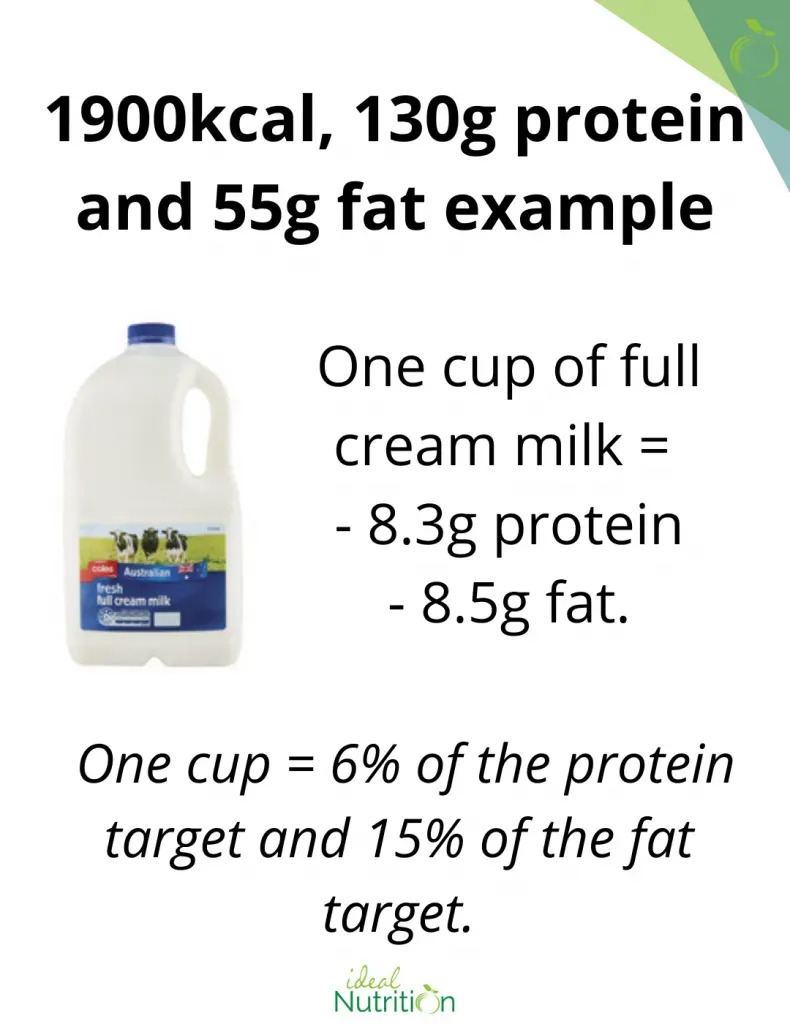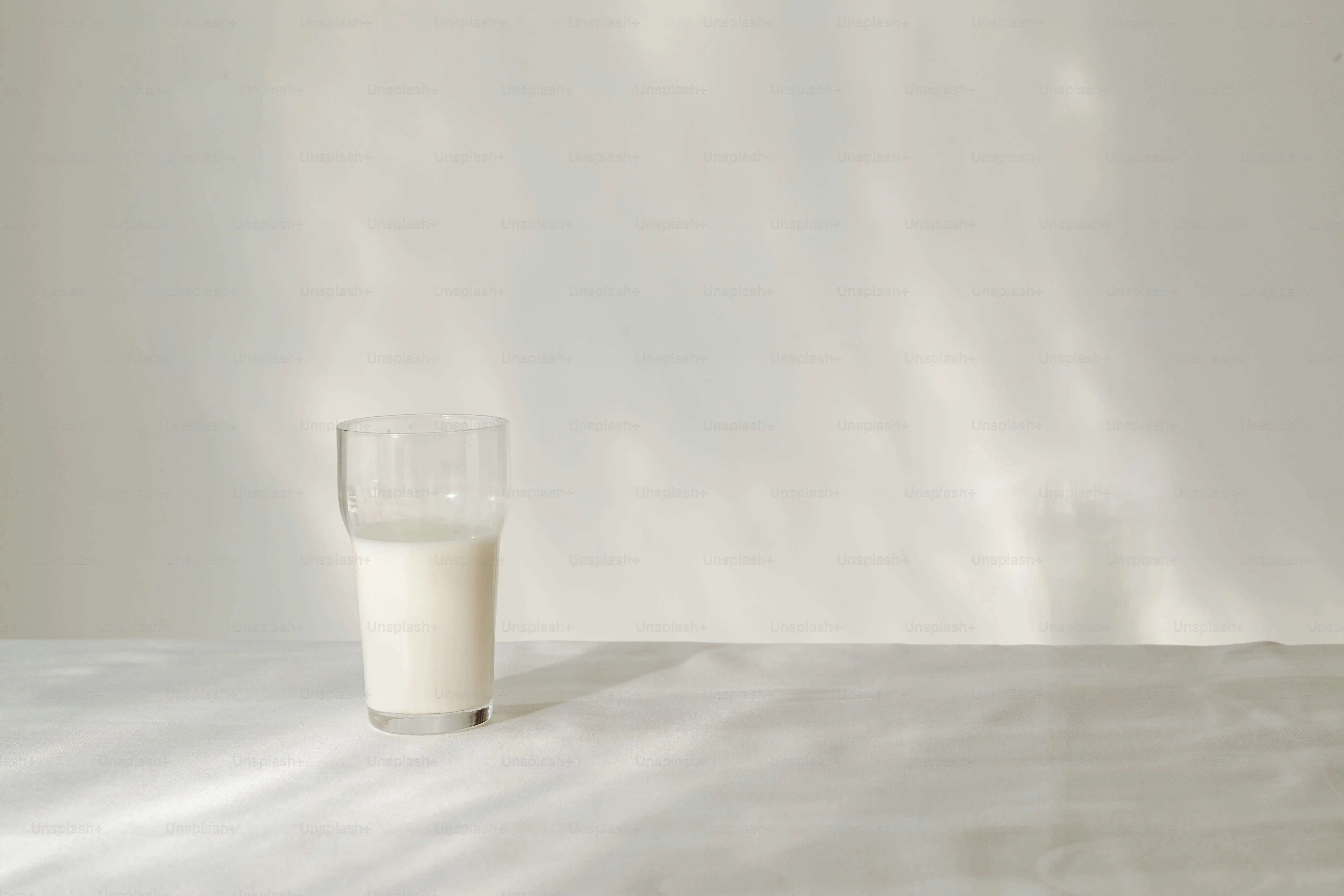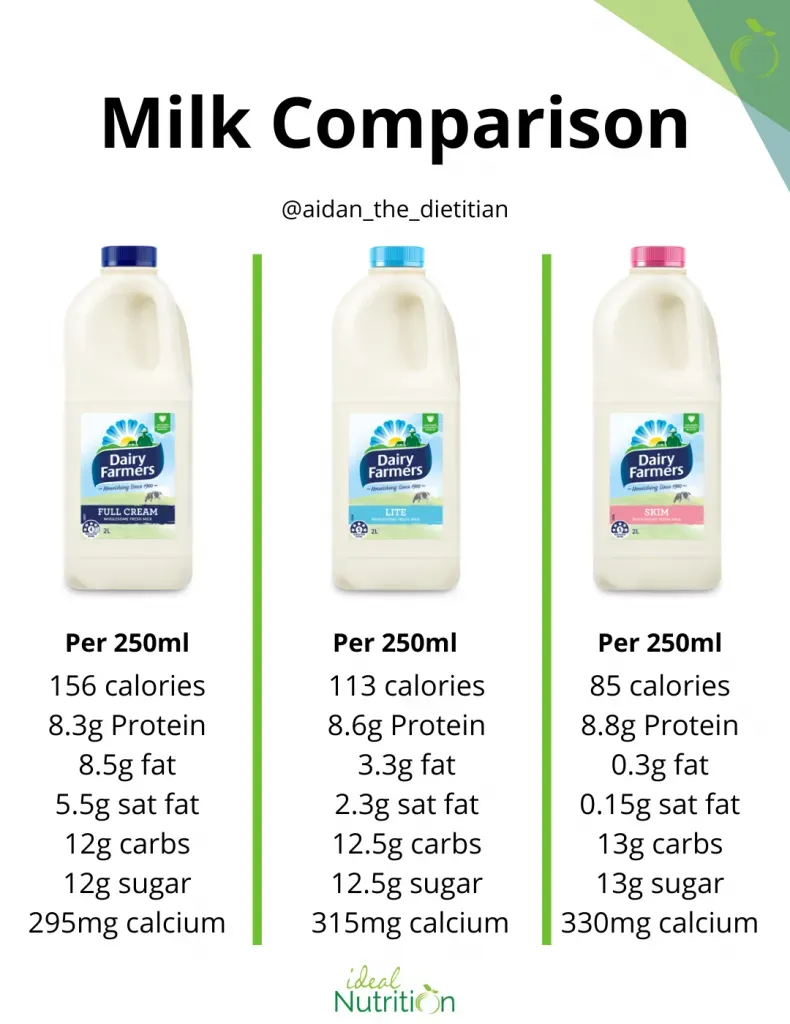Table of Contents
Walk down the dairy aisle these days and it feels less like grocery shopping and more like navigating a nutritional minefield. You've got options galore, but two stand out as the perennial rivals: full cream milk vs low fat. For years, we were told to shun the full-fat stuff, that it was practically a direct pipeline to heart trouble. Low fat and skim were the heroes, the 'healthier' choice. But hold on a minute. Recent research is making us question everything we thought we knew about dairy fat.
Full Cream Milk vs Low Fat: The Nutritional Showdown

Full Cream Milk vs Low Fat: The Nutritional Showdown
The Obvious Difference: Fat and Calories
Alright, let's get down to basics when we talk about full cream milk vs low fat. The most glaring difference, the one plastered right there on the carton, is the fat content. Full cream milk, often called whole milk here in the States, typically clocks in around 3.25% milk fat. That might not sound like much, but it adds up. Low fat milk, usually 1% or 2%, has had a significant chunk of that fat removed. Skim milk? Practically none left. This difference in fat directly translates to calories. A glass of whole milk packs more punch, calorie-wise, than the same amount of 1% or skim. It's simple math: fat is calorie-dense.
Beyond the Fat: Vitamins and Nutrients
But focusing only on fat is like judging a book solely by its cover. Milk, in general, is a nutritional powerhouse, regardless of the fat level. You're getting calcium, vitamin D (often added), potassium, vitamin B12, and protein – solid stuff your body needs. The thing is, some vitamins are fat-soluble, like Vitamins A, D, E, and K. When you strip out the fat, you strip out some of these naturally occurring vitamins. Milk processors usually add them back in, which is good, but it's worth noting they were there in the first place in full cream milk.
So, are you getting *less* nutrition in low-fat milk? Not necessarily, thanks to fortification. But the *source* of those nutrients can differ.
- Full Cream Milk: Higher in natural fat-soluble vitamins (A, D, E, K) before processing.
- Low Fat/Skim Milk: Lower in natural fat-soluble vitamins; these are typically added back in fortification.
- All Milk Types: Good source of calcium, protein, potassium, B vitamins.
Omega-3s and Other Fatty Acids
Here's where the plot thickens a bit in the full cream milk vs low fat saga. Dairy fat isn't just one type of fat. It contains a mix of saturated, monounsaturated, and polyunsaturated fats. It also contains small amounts of omega-3 fatty acids, particularly in milk from grass-fed cows. While milk isn't the *primary* source of omega-3s for most people (that's usually fatty fish), every bit counts, right? When you remove the fat, you remove these fatty acids, including the omega-3s. Some studies also look at other components in milk fat, like conjugated linoleic acid (CLA), which some research suggests might have health benefits. These compounds are significantly reduced or absent in lower-fat versions.
Beyond the Fat: Taste, Texture, and How We Drink It

Beyond the Fat: Taste, Texture, and How We Drink It
The Mouthfeel Matters
Forget the numbers for a second and just think about the actual experience of drinking milk. This is where the fat content really shines, or disappears, depending on your perspective on the full cream milk vs low fat debate. Full cream milk has a richness, a creaminess that coats your tongue. It feels substantial, almost luxurious. That's the fat doing its job, carrying flavor compounds and providing that smooth, velvety texture. Low fat milk, on the other hand, feels thinner, lighter. Skim milk can feel almost watery. It lacks that body, that satisfying mouthfeel that full cream milk provides. It's not just about calories; it's about the sensory experience.
How We Use It Changes
This difference in texture and richness isn't just for sipping from a glass. It impacts how we use milk in cooking, baking, and even our morning coffee. Pour full cream milk into your coffee, and you get a creamy, integrated drink. Use skim, and it often just dilutes the coffee, sitting somewhat separately. In baking, the fat in whole milk contributes to tenderness and richness. Low-fat versions can sometimes make baked goods drier or less flavorful. Making a sauce or soup? Full cream milk provides a natural thickness and depth that low fat milk simply can't replicate without adding thickeners.
Think about the difference:
- Full Cream: Rich, creamy, coats the mouth, blends well in coffee, adds tenderness to baking.
- Low Fat/Skim: Thinner, lighter, less satisfying texture, can dilute drinks, less impact in baking/cooking.
Saturated Fat in Milk: Reevaluating the Old Advice
The Lipid Hypothesis and Dairy's Bad Rap
For decades, the message was clear and hammered home: saturated fat equals heart disease. This idea, largely stemming from the lipid hypothesis, painted foods high in saturated fat, like full cream milk, as villains. Dietary guidelines pushed us toward low-fat options, assuming that cutting this one nutrient would save our hearts. The logic was simple: saturated fat raises LDL cholesterol, and high LDL cholesterol increases heart disease risk. Therefore, ditch the whole milk, embrace the skim. It seemed straightforward, a direct line from your glass to your arteries. This perspective dominated public health advice regarding full cream milk vs low fat for a very long time, steering millions away from the richer versions.
Newer Science Tells a Different Story
But science rarely stays settled. Recent, more nuanced research is challenging that old, simplistic view of saturated fat in milk. Studies are emerging that don't find a strong link between dairy fat intake and increased risk of heart disease, stroke, or type 2 diabetes. In fact, some data suggests full-fat dairy might even be associated with a *lower* risk of these conditions. The thinking is shifting. It's not just about the saturated fat in isolation, but how it's packaged within the food matrix. The other components in milk – calcium, protein, fatty acids like CLA – might interact in ways that mitigate the potential negative effects of saturated fat, or perhaps the saturated fat from dairy behaves differently than saturated fat from other sources.
Consider the evolving perspective:
- Old View: Saturated fat in milk = bad for heart. Avoid full cream milk.
- Newer View: Saturated fat in milk's complex matrix may not be harmful, potentially even beneficial. Revisit full cream milk vs low fat debate.
- Key Question: Does dairy fat behave differently in the body than saturated fat from other sources?
Making Your Pick: Full Cream Milk vs Low Fat for Your Needs

Making Your Pick: Full Cream Milk vs Low Fat for Your Needs
Considering Your Overall Diet and Goals
Alright, so we’ve waded through the fat facts and the evolving science. Now comes the part where you actually have to decide what to pour into your cereal bowl or coffee cup. The truth is, there's no single, universally "best" answer for full cream milk vs low fat. Your choice really depends on your overall eating pattern, your health goals, and frankly, what you enjoy. Are you tracking calories meticulously for weight loss? Then the lower calorie count of low fat or skim might seem like the obvious play. But if you're not overly concerned with shaving off every single calorie and value the satiety and flavor that fat provides, full cream milk might fit better.
Think about where dairy fits into your bigger picture. Are you getting healthy fats from other sources like avocados, nuts, or olive oil? If so, maybe the fat in whole milk is less critical. If dairy is a primary source of certain nutrients for you, considering the bioavailability of vitamins in full-fat versus fortified low-fat versions might nudge you one way or the other. It's not just milk floating in a vacuum; it's part of everything else you eat in a day. Ignoring that context is where dietary advice often goes off the rails.
Taste Preferences and Satiety Factors
Let's be real for a second: taste matters. If you genuinely dislike the thin, watery texture of skim milk, forcing yourself to drink it just because someone, somewhere, said it was healthier seems like a recipe for dietary misery and probably won't last. You might find yourself less satisfied and reaching for something else later. Full cream milk, with its richer flavor and texture, can be more satisfying. That feeling of fullness, or satiety, might actually help you eat less overall throughout the day, potentially offsetting the higher calorie count in that single glass. It's a concept often overlooked in calorie-counting dogma – that what you eat impacts how much you *want* to eat later.
Consider how often you drink milk and how you use it. A splash in coffee is different than drinking three large glasses a day. If the richer taste of whole milk means you use less of it, or it helps you feel satisfied longer, that’s a win worth considering in the full cream milk vs low fat equation. Don't underestimate the psychological aspect of enjoying what you consume. A diet you can stick to is infinitely better than a "perfect" diet you abandon after a week because it tastes like sadness.
Consider Full Cream If... | Consider Low Fat/Skim If... |
|---|---|
You value richer taste and texture. | You are strictly limiting calories. |
Satiety helps manage your overall intake. | You prefer a lighter mouthfeel. |
Your diet is otherwise low in saturated fat. | You primarily use milk in ways where texture isn't key (e.g., protein shakes). |
You are interested in potential benefits of dairy fat compounds. | Fortification provides sufficient vitamins for your needs. |
Moderation and the Bigger Picture
Ultimately, whether you lean towards full cream milk vs low fat comes down to a personal choice informed by current science, your body's needs, and your preferences. Neither is poison, and both offer valuable nutrients. The old, rigid rules about avoiding all saturated fat from dairy are softening under scientific scrutiny. It appears the matrix matters, and dairy fat might not be the boogeyman it was made out to be. For many healthy individuals, moderate consumption of full cream milk can absolutely be part of a balanced diet without sending your heart health into a tailspin.
Don't get bogged down in the minutiae of milk fat percentages if the rest of your diet is a disaster. Focusing solely on full cream milk vs low fat while ignoring sugary drinks, processed junk, and a lack of fruits and vegetables is like rearranging deck chairs on the Titanic. Get the fundamentals right first. Then, consider whether the flavor, satiety, and potential nuanced benefits of full cream milk are worth the extra calories and saturated fat compared to its low-fat cousins. Maybe try both for a while and see how you feel, how it impacts your energy, and if it helps you stick to your overall healthy eating plan. It's not about perfection; it's about finding what works for *you*.
So, Which Milk Wins? It Depends.
After wading through the fat percentages and shifting scientific views, the tidy answer we might have hoped for doesn't quite materialize. The long-held dogma pushing low-fat milk as the undisputed champion over full cream milk is, frankly, looking a bit wobbly. While low fat still offers a nutrient punch with fewer calories and saturated fat grams, the idea that dairy fat is inherently bad for everyone, all the time, is being challenged. Full cream milk brings more calories and fat, yes, but also potentially greater satiety and some nutrients tied to that fat. Ultimately, the choice between full cream milk vs low fat isn't a moral one, nor is there a single, universally superior option. It boils down to your overall diet, your calorie needs, and what you prefer to drink. Don't just blindly pour what you've been told is 'healthy'; consider what actually fits into your life and health goals.
